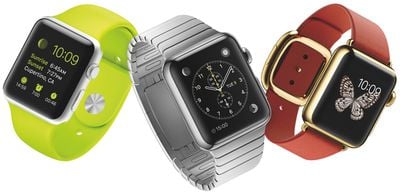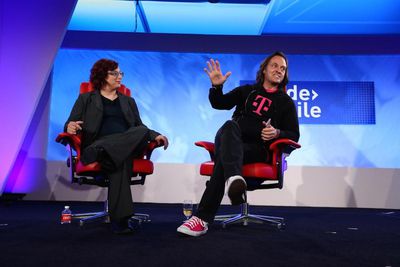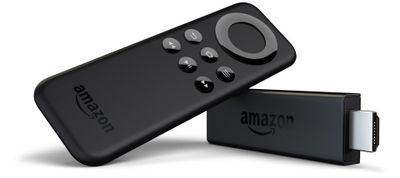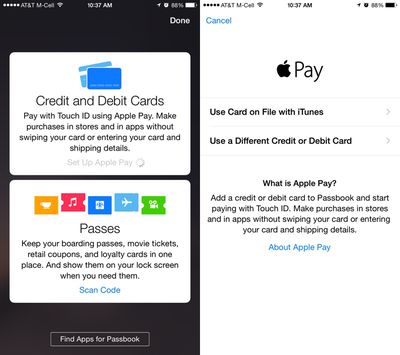Research firm Kantar WorldPanel has released a new report (via TechCrunch) highlighting global smartphone sales over the July-September period which saw the debut of the iPhone 6 and iPhone 6 Plus. The report found that Apple's market share in major European markets is now higher when compared to the prior-year-period that saw the debut of the iPhone 5s and iPhone 5c. However, Apple's share in countries like the United States and Japan were found to be lower when compared to the same timeframe last year.
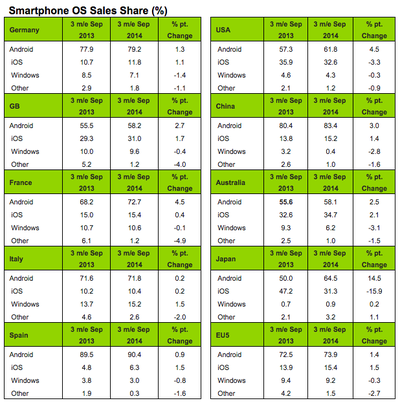
Our latest data covers the first few days of the iPhone 6 and iPhone 6 Plus being available in Europe and it is clear that demand has been high for the eagerly awaited new models. In Great Britain, where the new iPhone models started shipping on 19 September, Apple saw its sales share up by 1.7% compared with the same period last year, taking share of iOS to 31%. Across the major European markets, where the new iPhone models were made available between the 19 and 26 September, initial sales of the new iPhone models have overwhelmingly been from existing iPhone owners (87%).
Across Europe’s top five markets, the iPhone 6 has outsold the larger iPhone 6 Plus by five-to-one.
Apple's total market share in the U.S. hit 32.6% during September, which is down 3.3% from the 35.9% market share it held in the year-ago period. In Japan, Apple's market share reached 31.3% in September, which is down 15.9% when compared to the 47.2% market share it held during same time period last year.
In the US, market competition has been reinvigorated with LG and Motorola increasing their shares. The recently launched LG G3 and Motorola Moto X are better positioned to compete with flagship products from Samsung and HTC. Smartphones sales grew 35% over the past year in the US. Despite Apple’s share declining 3 percentage points in the three months ending in September, compared with the same period last year, it is clear that demand for the iPhone 6 has been very healthy.
While the iPhone continues to enjoy a steady market share throughout the world, it also continues to trail Android which holds a 70% or higher market share in many countries. In Italy, the iPhone holds the third most market share at 10.4%, which is behind Windows Phone's 15.2% market share and Android's 71.8% market share.



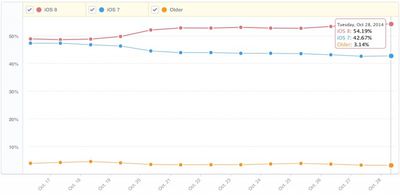
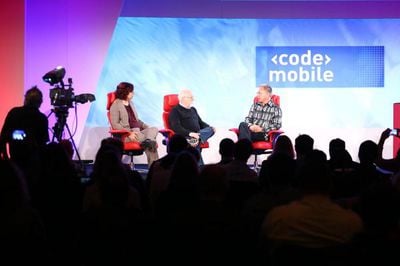

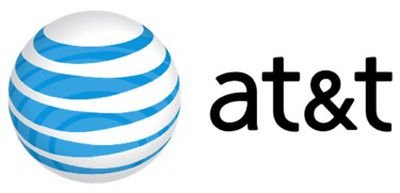
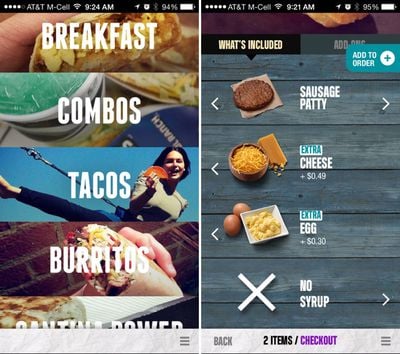

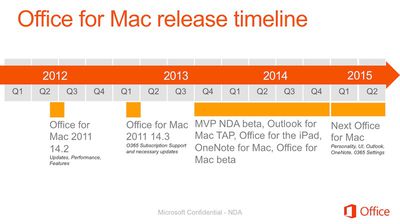


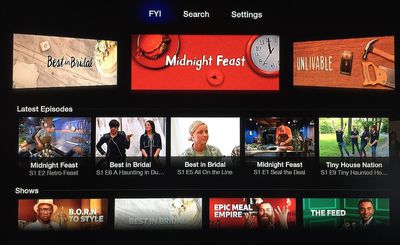
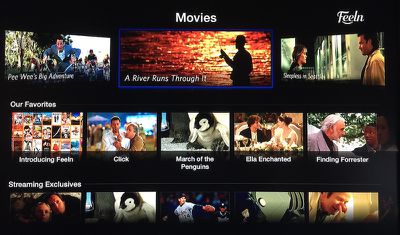

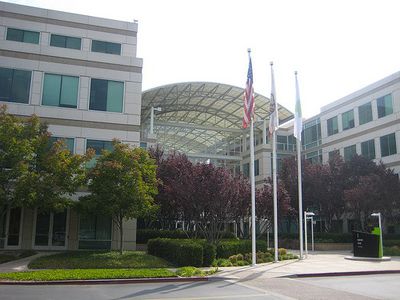
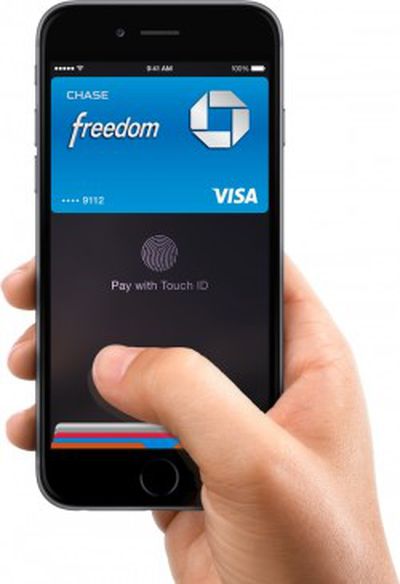 During the first 72 hours that Apple Pay was available, Apple saw more than one million credit and debit card activations, according to Apple CEO Tim Cook who
During the first 72 hours that Apple Pay was available, Apple saw more than one million credit and debit card activations, according to Apple CEO Tim Cook who 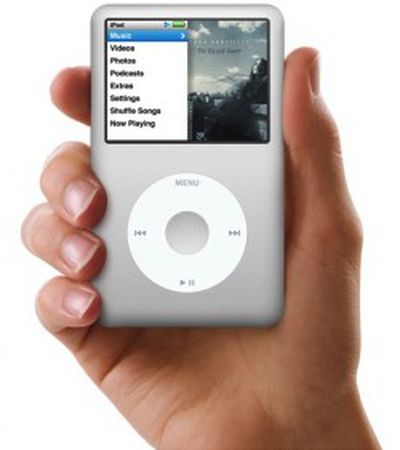 During the Q&A portion of his interview at the
During the Q&A portion of his interview at the 